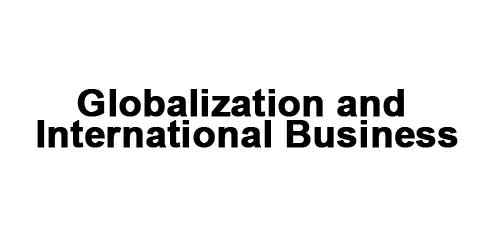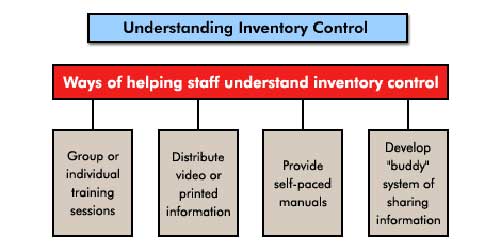Some of the Sections of Income Tax Act, 1961 are detailed below which detail few exemptions and categories of exempt income that you can take advantage of:
Section 80C gives every income tax payer up to a maximum of Rs. 1,00,000 tax-free income in a year if they invest in or buy the following instruments. Please not that this is a combined total of Rs. 1,00,000 and not an individual figure for every instrument:
Comparison of 80C Investment Avenues
| Type of 80C Instrument | Lock In Period | Returns | Risk | Taxation of Returns |
| Equity Linked Savings Scheme (Mutual Fund) | 3 years |
Market Linked
(58% Category Average for yr ending Dec 28,2007) |
High | No tax |
| Life Insurance Premium | 2 years |
6%
|
Low | No tax |
| ULIP Premium 1 | 3 years |
Market Linked
|
High | No tax |
| PPF (fixed returns) | 15 years |
8%
|
Low 2 | No tax |
| Home Loan Repayment | 5 years |
NA
|
NA | NA |
| Infrastructure Bonds (fixed returns) |
3 years (min) |
6%
|
Risk Free | Interest is taxed |
| NSC (fixed returns) | 6 years |
8.16%
|
Risk Free | Interest is taxed |
| Tax Saving Fixed Deposits (fixed returns) |
5 years |
8%-8.75%
|
Risk Free | Interest is taxed |
1:ULIP premium needs to be at least 1/5th of the sum assured to qualify under Section 80C
2: PPF returns are set by the Government of India and can be revised either upwards or downwards in any year.
You can take advantage of an annual deduction of Rs. 15,000 from taxable income for payment of Health Insurance premium for self and dependants. For senior citizens, this deduction is Rs. 20,000.
The only thing to keep in mind is that the program for which the loan is taken should be a graduate or post-graduate program in engineering, medicine or management or a post-graduate course in the pure or applied sciences.
Under Section 10(13A), HRA is exempt to the least of the following: i) 50/40 per cent of basic salary= Dearness Allowance (if, applicable), ii) excess of rent paid over 10 per cent of basic salary; and iii) actual HRA received.
Let’s illustrate this calculation with an example:
Basic monthly salary = Rs 30,000
Monthly rent = Rs 14,000
Rental accommodation is in Delhi.
2. 50% of salary (basic component + dearness allowance) = 50% x (30,000 + 0) = Rs 15,000
3. Actual rent paid – 10% of salary (basic component + dearness allowance)= Rs 14,000 – [10% of (30,000 + 0)] = 14,000 – 3,000 = Rs 11,000
Rs 11,000 being the least of the three amounts will be the exemption from HRA.
The balance HRA of Rs 4,000 (15,000-11,000) would be taxable.
Please note that HRA exemptions are only available on submission of rent receipts or the rent agreement.
If you want to pay rent to your parents or any relatives (like uncle/cousin) whom you are staying with. You will need to treat them as landlords. And request the owner of the house (which will be one of your parents) to declare it in his/ her personal income tax return. This will prevent any litigation in the future.
You can claim exemption up to Rs 15,000 annually on actual expenditure incurred on your medical treatment or for the treatment of any of your dependents. Moreover, there is no restriction of approved hospitals or clinic for the same. This is exempt only on provision of actual bills.
However, if the amount is paid out as an allowance, not a reimbursement then it would be fully taxable.










